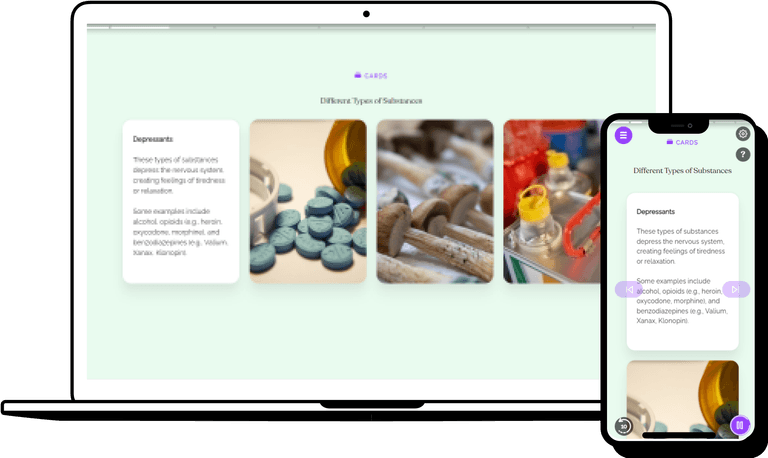How to Prevent Workplace Bullying
In this chapter, we will discuss the importance of having an anti-bullying policy, how to ensure consistency in policies and procedures, creating a culture of reporting, and how to use systemic prevention and tools to create an environment where bullying is not tolerated.

Create a culture of Reporting
Employees should be encouraged to report any issues or concerns they have to the proper channels in order to ensure that issues are addressed and resolved promptly. Managers should also ensure that employees have the proper resources and support available to them in order to make sure their reports are taken seriously and acted upon.

Best practices for anti-bullying policies should include clear guidelines, preventative measures, and enforcement procedures to ensure a safe and respectful environment for all.
The reporting procedure should clearly outline the steps employees should take if they experience or witness any type of bullying or harassment. It should also provide clear instructions on how to confidentially report any incidents, and outline the timeline for responding to complaints.
All employees should receive training on the company’s anti-bullying policy so they understand the expectations and consequences of their actions. The workplace bullying prevention training should focus on not only the definition of bullying and harassment, but also how to recognize it and how to respond appropriately. It should also provide an overview of the reporting procedure and the resources available to victims of bullying.
Establishing clear definitions of what constitutes bullying and harassment is an essential part of any anti-bullying policy. This should include both verbal and physical forms of bullying and harassment, as well as any other behavior that is intimidating, hostile, or offensive. The policy should also include examples of behaviors that are considered unacceptable.

Where does Bullying Thrive?
Bullying thrives in environments that lack transparency and where resources are scarce. In this situation, people become desperate for power and control. This can create a toxic environment where bullying is allowed to take root and become pervasive. In these environments, individuals are more likely to take advantage of those with less power, leading to feelings of insecurity, helplessness, and fear.
Tools for Systemic Prevention of workplace bullying
Systemic prevention of bullying is essential for creating a healthy and productive work environment. Here are some tools to aid in systemic prevention of workplace bullying:
Here are some myths to look out for:
- -
Regularly exclude people from activities or conversations.
- -
Avoid using intuition for promotions or resource allocation
- -
Offer a mediation process to resolve conflicts in the workplace.

Help Prevent Workplace Bullying using a Systemic approach
A systemic approach to preventing workplace bullying focuses on creating a positive organizational culture where everyone is respected and treated fairly. This includes policies and practices that promote a psychologically safe work environment, such as clear expectations and consequences for negative behavior, effective communication between management and employees, and a zero-tolerance policy for bullying.

Helping over 8,000 organizations create a safer, more productive workplace
The goal of this training is to educate employers and employees on their rights and responsibilities when it comes to workplace bullying prevention in the workplace. This course covers:





















